A private well provides water from underground sources, pumping groundwater into your home for drinking, bathing, and other daily activities. Unlike city water, well owners are responsible for maintaining water quality and system functionality. Understanding how a well system works helps homeowners ensure a safe and reliable water supply.
Types of Wells
Home wells come in three main types. Dug wells are shallow and lined with stone, brick, or concrete, making them more vulnerable to contamination from surface water and pollutants. Driven wells are slightly deeper and provide better protection, but they still face contamination risks. Drilled wells, which extend much deeper underground, offer the best water quality and reliability, as they draw from cleaner groundwater sources that are less affected by surface pollutants.
Components of a Well System
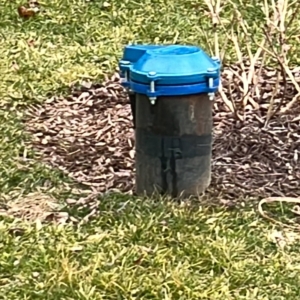
Sanitary Well Cap

Non-Sanitary Well Cap
A well system includes several key components that ensure safe and efficient water delivery. The well cap is an important part, as it pr0tects the well opening from dirt, insects, and bacteria. A sanitary cap forms a proper seal to prevent contamination, whereas a non-sanitary cap lacks this feature and may allow pollutants to enter the well. Choosing a sanitary cap is essential for maintaining clean water.
- The height of the well shaft above ground level is another crucial factor in well design. A well casing should extend at least 12 inches above the ground to prevent surface water contamination. Keeping the casing properly sealed and elevated helps protect against pollutants entering the well system.
- The well pump is responsible for drawing water from the well into your home. There are two primary types: submersible pumps and jet pumps. Submersible pumps are placed deep inside the well and push water upward, making them ideal for drilled wells. Jet pumps are typically used for shallow wells and rely on suction to pull water to the surface.
- The pressure tank plays a crucial role in regulating water pressure and preventing frequent pump cycling. By storing water and maintaining consistent pressure, it ensures a steady flow throughout the home. Without a properly functioning pressure tank, homeowners may experience fluctuating water pressure or increased strain on the well pump, leading to premature wear and tear.
- Constant pressure pumps help maintain a consistent water pressure throughout the home by adjusting pump speed based on demand. Unlike traditional pumps that operate in cycles, constant pressure pumps use variable speed technology to match water usage, preventing sudden drops in pressure. These pumps are ideal for homes with high water demand, such as those using irrigation systems or multiple appliances simultaneously.
- A pressure regulating switch is a device that helps control water pressure by turning the pump on and off at preset pressure levels. This switch ensures the well system maintains an optimal pressure range, typically between 40-60 psi. If the pressure drops below the lower limit, the switch activates the pump to restore pressure. Once the upper limit is reached, the pump shuts off, preventing over-pressurization and damage to plumbing fixtures.
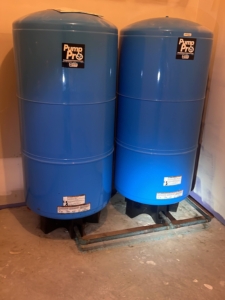 Water storage tanks are essential for homeowners who require additional water capacity. These tanks hold a reserve supply, ensuring a steady flow of water even during high-demand periods. Storage tanks help stabilize pressure, reduce pump cycling, and provide backup water in case of pump failure. Flow rates and water pressure are key factors in well performance. The flow rate, measured in gallons per minute (GPM), indicates how much water the well can supply at a given time. A lower-than-expected flow rate may indicate a problem with the pump or the well’s recharge rate. Water pressure should be consistent throughout the home, typically ranging between 40-60 psi for optimal function.
Water storage tanks are essential for homeowners who require additional water capacity. These tanks hold a reserve supply, ensuring a steady flow of water even during high-demand periods. Storage tanks help stabilize pressure, reduce pump cycling, and provide backup water in case of pump failure. Flow rates and water pressure are key factors in well performance. The flow rate, measured in gallons per minute (GPM), indicates how much water the well can supply at a given time. A lower-than-expected flow rate may indicate a problem with the pump or the well’s recharge rate. Water pressure should be consistent throughout the home, typically ranging between 40-60 psi for optimal function.
Water Treatment Systems
Since well water is untreated, homeowners often install filtration and softening systems to improve water quality. Filtration systems remove contaminants such as dirt, sand, and debris. Carbon filters help reduce odors, chlorine, and organic pollutants, while reverse osmosis systems provide the highest level of purification, making water safe for drinking and cooking. Additionally, water radon systems help mitigate radon gas, a naturally occurring element that can dissolve into well water from surrounding soil and rock.
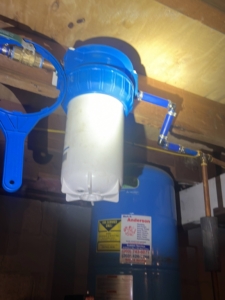
Inline Filter
Filters that are commonly used for improving water quality are inline filters, ultra-violet filters, and whole-house conditioners. Inline filters are installed in the plumbing system to remove sediment and debris before the water reaches appliances and fixtures. Ultra-violet filters use UV light to kill bacteria and other microorganisms, providing an added layer of protection against harmful pathogens. Whole-house conditioners treat water at the main entry point, helping to maintain consistent water quality throughout the home.
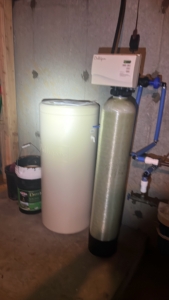
Water Softener
Water softeners address hard water issues by removing excess minerals such as calcium and magnesium. Hard water can lead to scale buildup in pipes and appliances, reducing efficiency and causing damage over time. A softener uses salt to regenerate and flush away accumulated minerals, ensuring softer, cleaner water.
Softener backwashing is an essential process that cleans the softener resin by flushing out trapped minerals. However, it is important to avoid discharging backwash water into a septic system. The high salt content in softener discharge can disrupt the beneficial bacteria within the septic tank, leading to reduced system efficiency and potential failure. Instead, homeowners should direct softener discharge to a separate drain field or another designated location.
Water Testing and Safety
Regular testing ensures that well water remains safe for consumption. Homeowners should test for bacteria, including coliform and E. coli, to detect contamination. Nitrate and nitrite levels should also be monitored, as high concentrations can pose serious health risks, particularly for infants. pH levels indicate whether water is too acidic or alkaline, which can affect plumbing and appliance longevity. Testing for hardness and minerals helps determine whether a water softener is necessary, while radon testing ensures the water is free from harmful gases that could pose long-term health risks.
The Connecticut Department of Public Health recommend testing well water anually, because water conditions can change over time. Regular testing allows homeowners to address potential issues before they become serious health hazards.
Irrigation Systems and Well Water
Homeowners often wonder if they can use their well for an irrigation system. The answer depends on the well’s capacity and flow rate. An irrigation system requires a steady and sufficient supply of water, which may put additional strain on a residential well. Before installing an irrigation system, homeowners should evaluate their well’s production rate to ensure it can handle the extra demand without causing shortages for household use. Installing a separate irrigation pump or using a storage tank can help manage water usage efficiently.
Final Thoughts
Owning a home with a private well requires regular maintenance and a proactive approach to water quality. Proper filtration, water softening, and periodic testing are essential to ensuring clean and safe drinking water. By understanding the key components of a well system and taking the necessary precautions, homeowners can maintain a reliable water supply for their household.
If you need a home inspection or water quality test, contact On Point Home Inspections today!

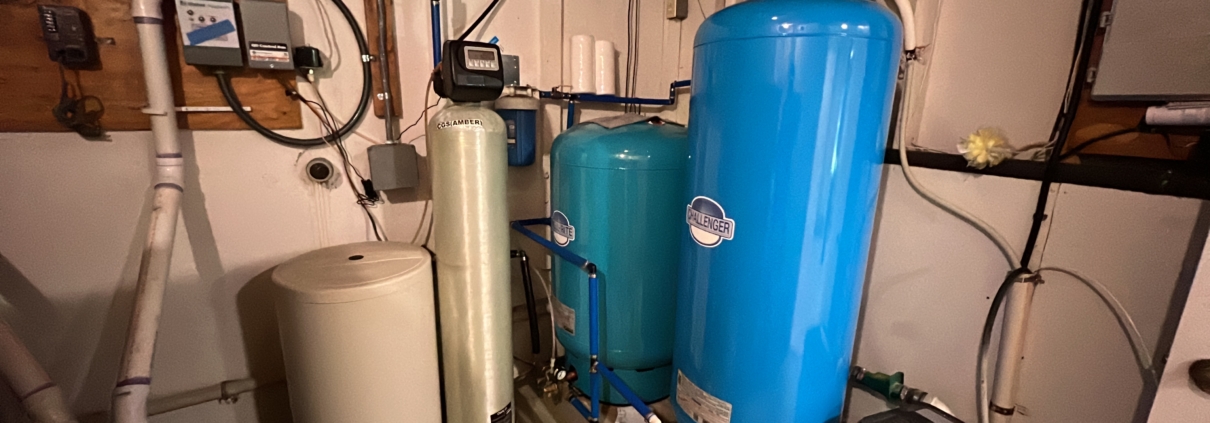

 Several signs may indicate the presence of a buried oil tank. Old fill or vent pipes sticking out of the ground, often near the house, are a common indicator. A petroleum odor or stained soil in the yard could signal a leak. If the home previously used oil heat, there may still be an underground tank. Unexplained depressions or sinking areas in the yard might suggest a deteriorating tank underground. Additionally, abandoned oil tank lines passing through a foundation wall can indicate that an underground tank once existed. Homeowners should carefully inspect their property for any of these clues.
Several signs may indicate the presence of a buried oil tank. Old fill or vent pipes sticking out of the ground, often near the house, are a common indicator. A petroleum odor or stained soil in the yard could signal a leak. If the home previously used oil heat, there may still be an underground tank. Unexplained depressions or sinking areas in the yard might suggest a deteriorating tank underground. Additionally, abandoned oil tank lines passing through a foundation wall can indicate that an underground tank once existed. Homeowners should carefully inspect their property for any of these clues.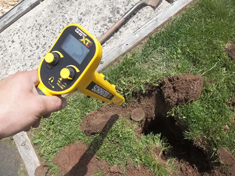
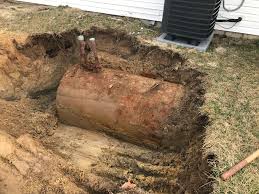
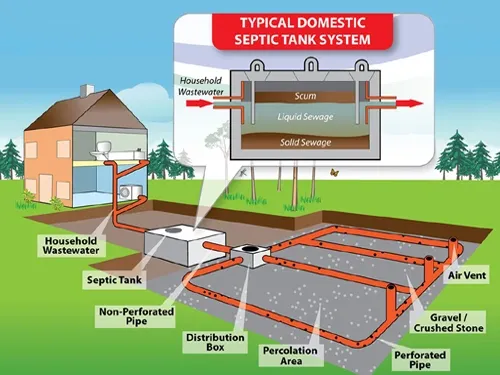
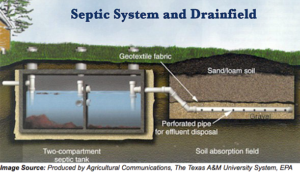
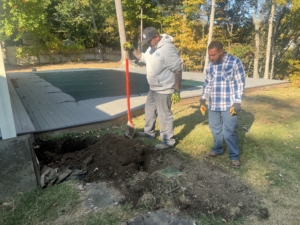
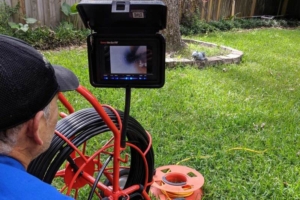 Using a sewer scope camera during a septic inspection provides valuable insights into the condition of your system. A small, waterproof camera is inserted into the pipes to check for blockages, leaks, root intrusions, or signs of damage. This technology helps identify problems early, preventing costly repairs and system failures. It also provides visual confirmation of pipe integrity, ensuring that the septic system is functioning efficiently.
Using a sewer scope camera during a septic inspection provides valuable insights into the condition of your system. A small, waterproof camera is inserted into the pipes to check for blockages, leaks, root intrusions, or signs of damage. This technology helps identify problems early, preventing costly repairs and system failures. It also provides visual confirmation of pipe integrity, ensuring that the septic system is functioning efficiently.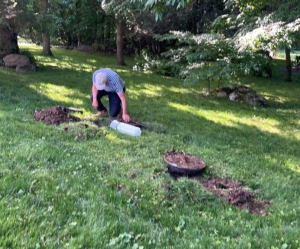
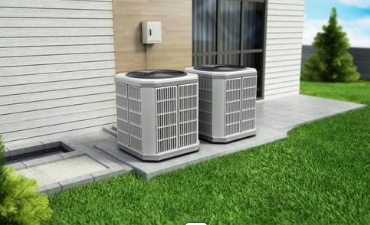

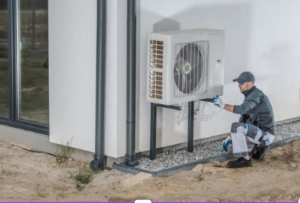 recommend the best heat pump.
recommend the best heat pump.